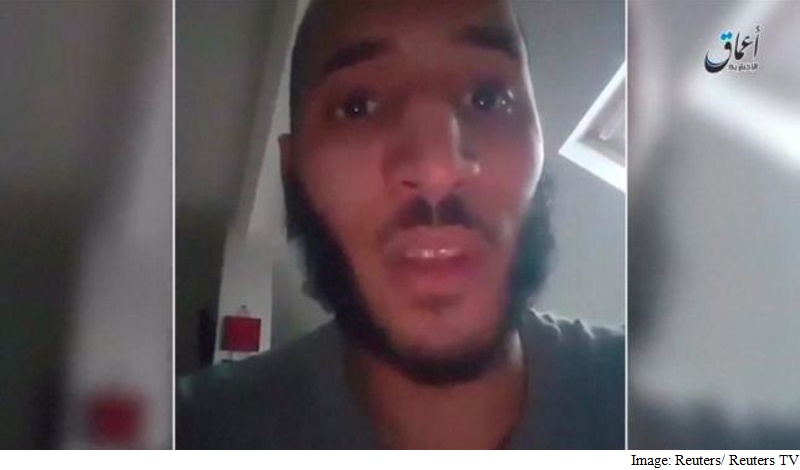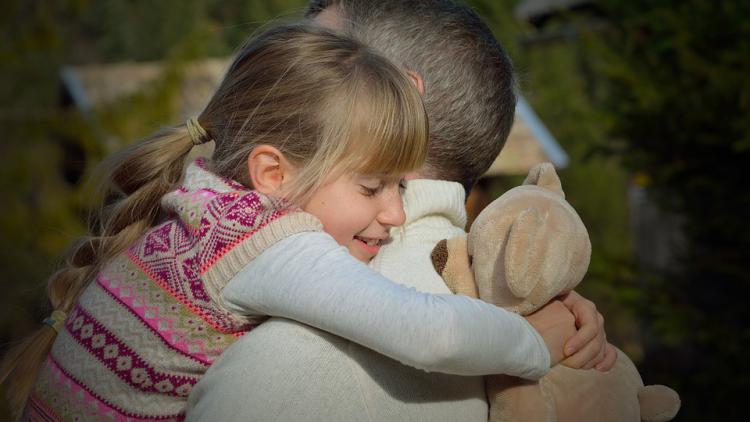
Larossi Abballa, the 25-year-old terror suspect accused of killing a French police captain and his partner in their home Monday night, appears to have also broadcast the aftermath of the attacks, in real time, on Facebook Live.
The 13-minute live stream may be the first terrorist incident ever broadcast on the site.
“I just killed a police officer and his wife,” Abballa says, according to a translation by the Associated Press. “The police are currently surrounding me.”
The stream, apparently shot inside the home of the victims, shows nothing but an occasionally tearful Abballa speaking a mix of French and Arabic, according to an archived copy reviewed by The Washington Post. Very little of the house could be seen, besides a skylight and a strip of ceiling, and neither the victims nor their 3-year-old son appeared in the video.
According to David Thomson, a reporter with Radio France Internationale who watched the video live Monday last night, Abballa’s monologue included a call to kill other police officers, as well as prison guards, journalists and rappers. Aballa also swore allegiance to Abu Bakr al-Baghdadi, the head of the Islamic State, and encouraged “the Muslim world” to heed a call to arms made last month by Abu Mohammad al-Adnani, the group’s spokesman.
While neither the victims of the attack nor their son appear in the video itself, Thomson tweeted that the child was sitting behind Abballa on the couch. The child was eventually rescued, unharmed.
Abballa’s broadcast is part of an emergent trend on live-streaming apps: As services like Periscope, Twitch and Facebook Live become more mainstream, some users have also predictably turned them to darker purposes.
In the past three months alone, a French woman livestreamed her suicide, a teen broadcast her friend’s rape, and a Florida man narrated his armed standoff with a Florida SWAT team. Several months before that, in a grim foreshadowing of what some killers could publish, given the technology, a Virginia man filmed himself shooting TV reporter Alison Parker and cameraman Adam Ward, then tweeted it publicly. The murders were also inadvertently broadcast on live TV.
Incidents like these have led to speculation that a terrorist group or sympathizer would soon follow suit; the Islamic State is particularly savvy about using social media to spread fear and propaganda.
“I’ve long believed that, sadly, a terror attack or mass shooting will be (live-streamed) one day as well,” tweeted John Arterbury, a graduate student at Georgetown’s Center for Security Studies, just one week ago.
“Seems inevitable,” responded J.M. Berger, a noted expert on jihadism and social media.
Apps and services are struggling with how to moderate this type of content. It poses a staggering labor and technological challenge, in that moderators must take a stream down almost as soon as it becomes violent in order for the takedown to have any real impact.
Facebook has addressed the problem by assigning a dedicated team to moderate abuse reports on Live, but it doesn’t seem to have helped in this case. Thomson told AFP that the video was suspended a full 11 hours after the live stream initially broadcast. It has since been posted to YouTube by a channel that claims affiliation with Isis.








